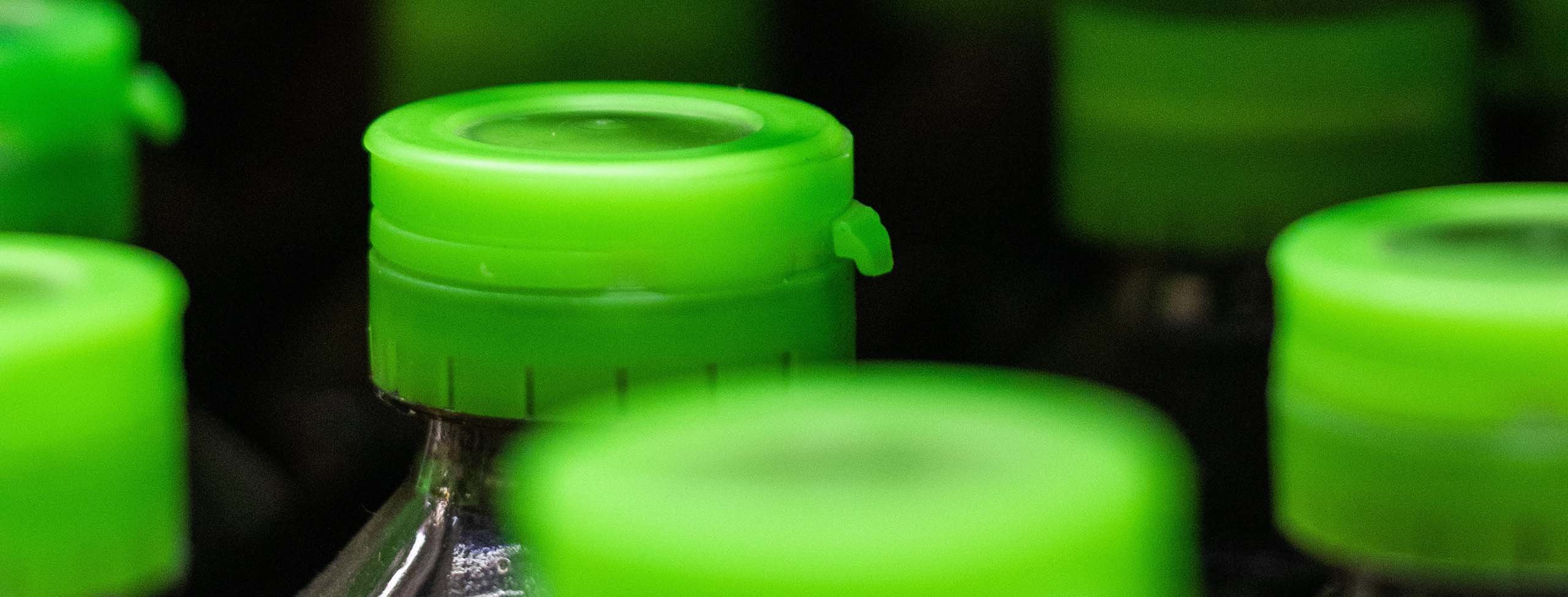
15 May 2023 • 16 minute read
Good manufacturing processes for cosmetics: FDA listening session takes place June 1
FDA will hold a virtual public meeting on June 1, 2023 from 10 am-1 pm EST to solicit stakeholder input on developing good manufacturing practices (GMPs) for cosmetic products.
The meeting is being held in response to the December passage of the Modernization of Cosmetics Regulation Act (MoCRA). Participants who wish to attend and/or present a public comment can register with FDA at this link.
Topics that will be discussed at the June 1, 2023 meeting include:
- Recognized national and international GMP standards and whether adoption of those standards would be burdensome for industry members
- The extent to which cosmetics manufacturers already follow recognized GMP standards and the associated cost of implementing those standards
- Flexibility within GMPs to account for variation among industry members in terms of size and scope of businesses engaged in manufacturing of cosmetics
- Simplified GMPs for smaller businesses which do not impose a financial burden
- Acceptable compliance times for GMP regulations and
- Adverse events or recalls associated with a cosmetic product’s GMPs including the impact good GMPs would have on the likelihood of a recall and adverse events.
MoCRA provided the most significant expansion of FDA’s authority to regulate cosmetics since the passage of the Federal Food, Drug, and Cosmetic Act in 1938. Key provisions under MoCRA are set forth below.
MoCRA overview
1. Regulations establishing GMPs
FDA must establish GMP regulations for cosmetic manufacturers and processors that are intended to protect public health and ensure that cosmetic products are not adulterated. These regulations must be consistent with national and international standards and must take into account the size and scope of the business, including simplified GMPs for smaller businesses to protect against economic hardship. In addition, this provision also expressly provides FDA with authority to inspect facility records that are needed to demonstrate compliance with the GMP requirements. MoCRA requires FDA to publish the proposed rule by December 29, 2024, and the final rule by December 29, 2025.
2. Serious adverse event reporting and recordkeeping
Responsible persons, which includes manufacturers, packers or distributors of a cosmetic product whose names appear on the product label in accordance with section 609(a) of the FDCA or section 4(a) of the Fair Packaging and Labeling Act (FPLA), must have processes in place allowing them to receive adverse event reports from consumers and must report “serious adverse events” to FDA within 15 days of receiving notice of them.
These reports must be supplemented within 15 days if at any time during the following year the responsible person becomes aware of new and material medical information related to the adverse event. Records for adverse event reports must be kept by responsible persons for at least 6 years (or 3 years for some small businesses).
Responsible persons must also make adverse event records available to FDA for inspection. If FDA has reasonable grounds to believe a fragrance or flavor ingredient contributed to a serious adverse event subject to reporting requirements, it may request a list of such ingredients or categories of ingredients in writing. The written ingredient list must then be provided by the responsible person within 30 days of FDA’s request.
3. Facility registration and product listing requirements
Facilities that manufacture or process cosmetic products that are distributed in the United States must register with FDA. Different deadlines apply depending on whether the facility is an existing facility or a new facility with registration to be renewed biennially. Existing facilities must register no later than December 29, 2023, and new facilities must register either 60 days after first manufacturing or processing cosmetic products, or after December 29, 2023, whichever is later. Changes to information included in a registration must be reported to FDA within 60 days.
Responsible persons must also submit to FDA a cosmetic product listing with information on each cosmetic product, including its ingredients, the facility registration number of each facility where it is manufactured, the name and contact number of the responsible person, the name of the cosmetic product as it appears on the label, and the product listing number assigned (if any). Upon registration of a facility or the initial listing of any cosmetic product, a facility registration number and product listing number will be assigned to the cosmetic product. Responsible persons marketing cosmetic products on the date of the enactment of MoCRA must submit product listings to FDA by no later than December 29, 2023. Responsible persons marketing cosmetic products after MoCRA’s enactment must do so within 120 days of marketing the product.
4. Safety substantiation of cosmetic products
“Adequate substantiation” must be maintained by a responsible person establishing the safety of cosmetic products. To be adequately substantiated, a company must have “tests or studies, research, analyses, or other evidence or information … sufficient to support a reasonable certainty that a cosmetic product is safe.” Records must be maintained supporting substantiation.
5. Label changes
There are three major changes to cosmetic labeling in MoCRA. First, by December 29, 2024, cosmetic product labels must include contact information where adverse event reports may be reported to the responsible person. Second, MoCRA directs FDA to issue regulations identifying substances that are fragrance allergens, which will then have to be identified on cosmetic product labels. A notice of proposed rulemaking for allergen identification is to be issued by FDA no later than June 29, 2024, with the final rulemaking to be issued 180 days after the proposed rulemaking’s public comment period closes. Third, professional cosmetics product labels must also state that they are for use only by licensed professionals and that they comply with the cosmetic labeling requirements under MoCRA and the FPLA.
6. Mandatory recall and registration suspension authority
If FDA determines there is a reasonable probability that a cosmetic is adulterated or misbranded and likely to cause serious adverse health consequences or death, FDA shall provide the responsible person with an opportunity to voluntarily cease distribution and recall the cosmetic product. If the responsible person refuses to do so, FDA may order a mandatory recall of the product. FDA may also suspend the registration of a facility if it determines a cosmetic product has a reasonable probability of causing serious adverse health consequences or death and other products manufactured by the facility may be affected. Once suspended, a facility is prohibited from introducing any new cosmetic products into commerce until its registration is reinstated.
7. Exemptions
MoCRA exempts certain small businesses from GMP, registration, and product listing requirements, except for certain products that pose a higher risk, eg, products that are injected, come into contact with the mucus membrane of the eye, are intended for internal use, or are intended to alter appearance for more than 24 hours. There are also certain exemptions for combination products that are subject to requirements for drugs and devices.
8. Preemption
MoCRA preempts conflicting state and local law as to provisions related to “registration and product listing, good manufacturing practice, records, recalls, adverse event reporting, or safety substantiation.” It does not bar states from continuing to prohibit the use of or limit the amount of ingredients in cosmetic products, or from continuing to require compliance with preexisting state cosmetic product ingredient reporting requirements.
Implications for industry
This public meeting is the first step in a long implementation process. Given the historic nature of this legislation, FDA is likely to follow the model it used to implement the FDA Food Safety Modernization (FSMA), in which FDA will continue to seek public input as it moves ahead.
After the agency reviews the comments from this meeting on GMPs, the agency will issue a proposed rule, offering another opportunity to provide comment before it finalizes the rule. Furthermore, there will likely be time after the final rule is published for companies to come into compliance. During this time, FDA will likely engage in education and outreach efforts to help industry comply.
MoCRA specifies several aggressive time frames for rulemaking. Lessons learned from FSMA suggest that FDA may not meet these deadlines. Even if the agency could propose rules by the required dates, the statute does not leave sufficient time for the agency to finalize those rules given the number of comments FDA is likely to receive, the limited staff in the Office of Cosmetics and Colors (OCAC), and the lengthy clearance process both within and outside the agency, eg, HHS and OMB. The rulemaking also coincides with the reorganization of the human foods program in which OCAC will be moved to the Office of the Chief Scientist, a role not typically charged with implementing regulations in response to statutory changes. This could pose additional challenges for the agency in finalizing the rule. Finally, the agency will establish compliance date(s) beyond the effective date of the final rule, providing industry time to make the needed changes.
The bottom line is that, while compliance with aspects of MoCRA is still years away, there is an opportunity to shape the requirements throughout the process to ensure that the rule is both protective of public health and practical for industry to implement.
We are here to help you though the process. Please contact the authors of this article or your DLA Piper attorney for assistance.


